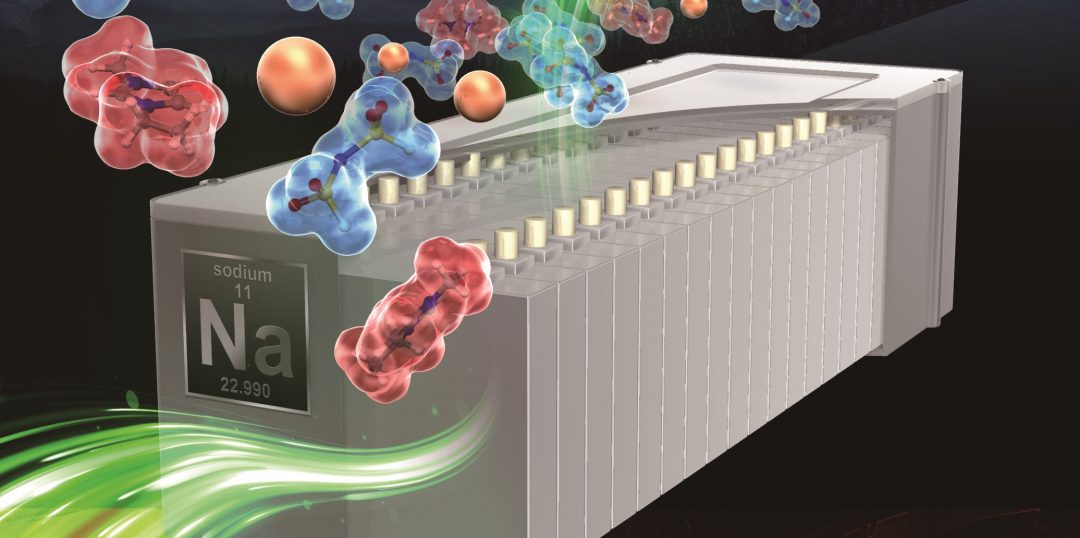Yan Yu of the University of Science and Technology of China outlines the cause and effect of slow ion transportation in sodium-based battery systems. For more comprehensive information on sodium storage, check out her paper ‘Design Nitrogen (N) and Sulfur (S) Co-Doped 3D Graphene Network Architectures for High-Performance Sodium Storage’ in Small.
Do we know what causes the sluggish ion transportation during cycling in sodium-based batteries?
We know that the sodium ion has a larger size than the lithium ion (1.06 versus 0.76 Ångstroms). The sizes will be even larger for solvated ions. Therefore, most of the layered materials from which Li ions can shuttle in and out may not be suitable for the larger Na ions. That slows down sodium ion transport within the lattice of the materials, both the cathode and the anode. In addition, if the electrode material is made of irregular particles with poor electrical contact, then the ion transport deep into the particles underneath will also be retarded.
What problems does this create for sodium-based battery systems?
Sluggish ion transportation will result in insufficient rate performance. In other words, the electrode’s capacity will significantly drop when it is charged or discharged at high currents. That translates into a small power density for the full sodium-ion battery when it is made of this material. Imagine that your mobile phone is powered by this battery and you want to watch YouTube videos: the power bar would become red within a few minutes.
How close are we to solving this issue?
In addition to searching for new layered materials that have intrinsically high electrical conductivity and large ion channels, what we can do is to engineer the nanostructure of the electrode. A common and feasible practice is to form a uniform mixture, in which the active materials are homogeneously dispersed within a conductive matrix. For example, in our Small paper, we employed a nitrogen and sulfur co-doped 3D graphene network as the matrix. This graphene matrix has a “one stone, three birds” effect: a conductive 3D path for fast electron transportation, a network for easy electrolyte ion penetration, and a robust support to accommodate volume expansion during cycling. These three effects work together and apply to both the cathode and anode, so that the whole sodium-ion battery exhibits a much-enhanced rate performance.

















